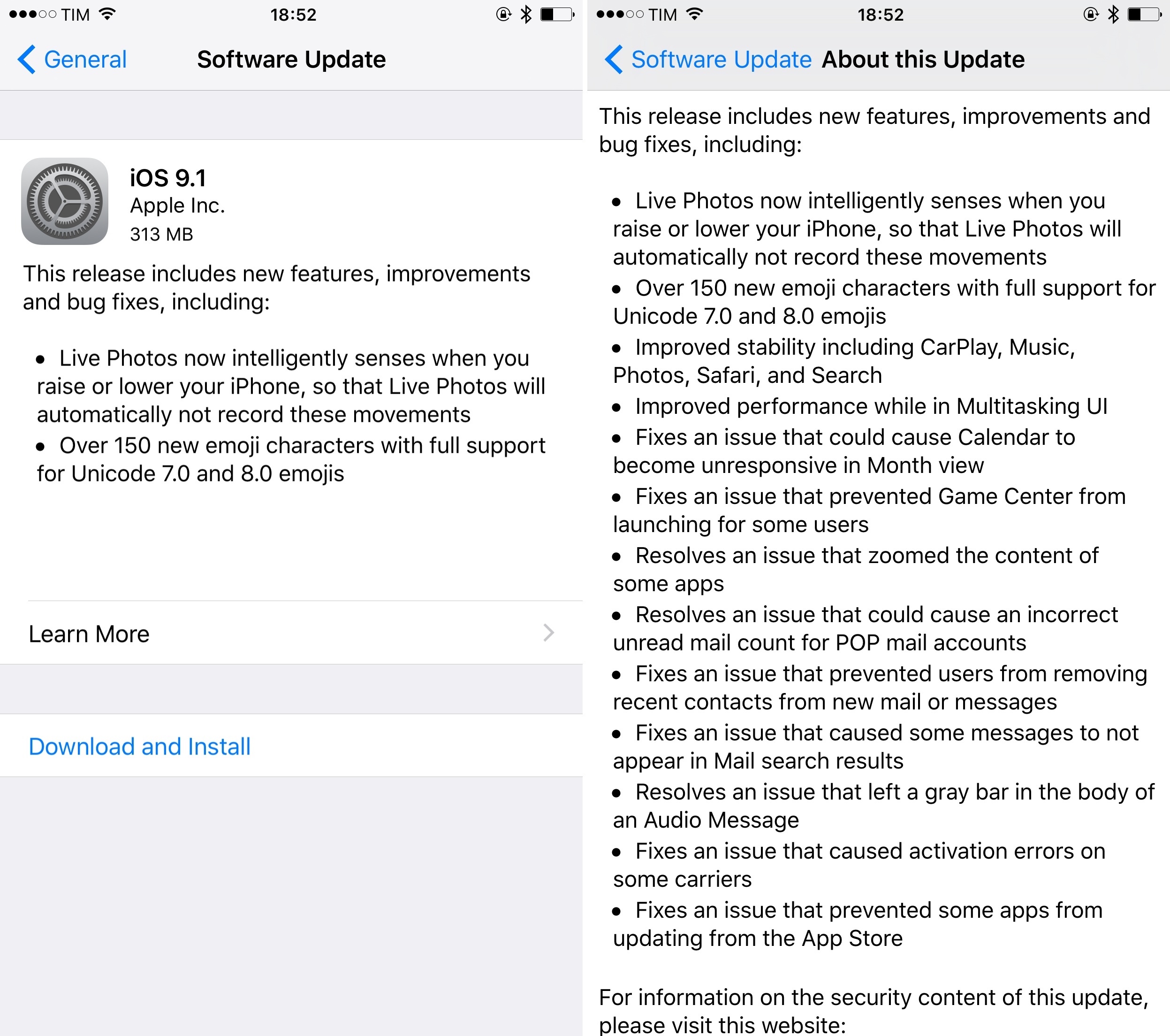Earlier today, YouTube introduced Red, a new subscription option to watch ad-free videos, save them offline, and listen to them in the background:
On October 28, we’re giving fans exactly what they want. Introducing YouTube Red – a new membership designed to provide you with the ultimate YouTube experience.
YouTube Red lets you enjoy videos across all of YouTube without ads, while also letting you save videos to watch offline on your phone or tablet and play videos in the background, all for $9.99 a month. Your membership extends across devices and anywhere you sign into YouTube, including our recently launched Gaming app and a brand new YouTube Music app we’re announcing today that will be available soon.
YouTube Red will launch in the U.S. first on October 28 (with limitations if you leave the U.S.), and at $9.99 it’ll also include access to Google Play Music. Once it rolls out in more countries, there’s no way around it – it is a strong offering, and YouTube is big and loved enough to convince a lot of people to pay for ad removal and offline consumption.
I’m curious to see how their original content initiative will play out (here’s a full list of YouTube originals), not to mention the reaction of YouTubers to the altered deal (my prediction: every popular channel will end up accepting it).
Here’s a thought: should YouTube finally enable Picture in Picture on iOS 9 for Red subscribers? With official background play, it would make sense (the main problem would be cards being unavailable via Picture in Picture, though).
See also: Ben Popper’s story at The Verge, with feedback from YouTube creators.


